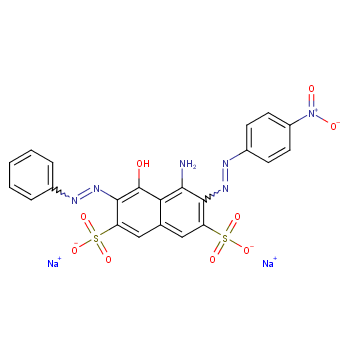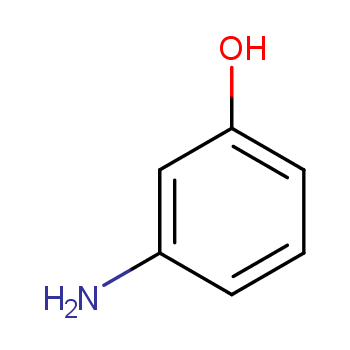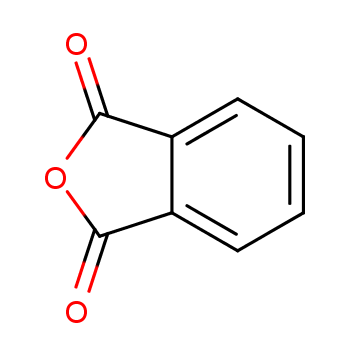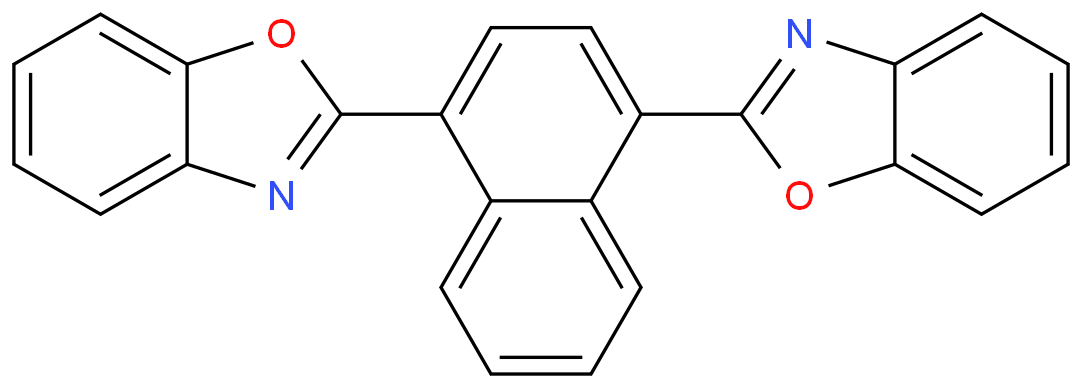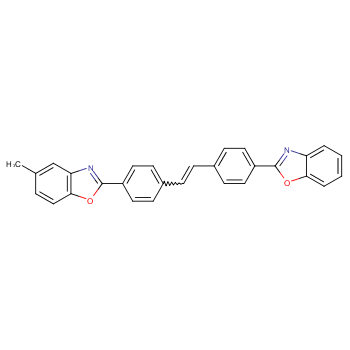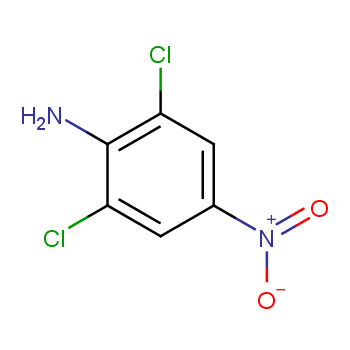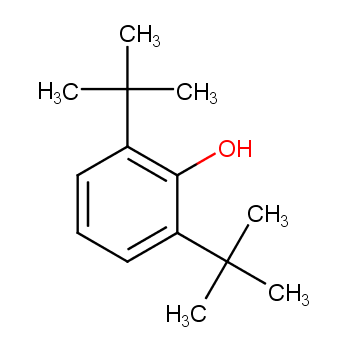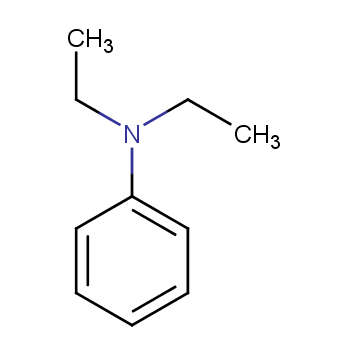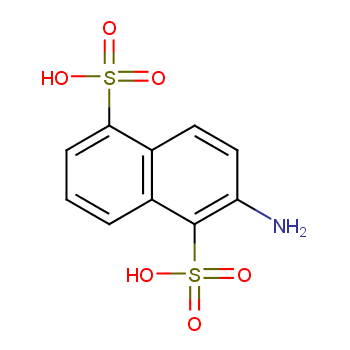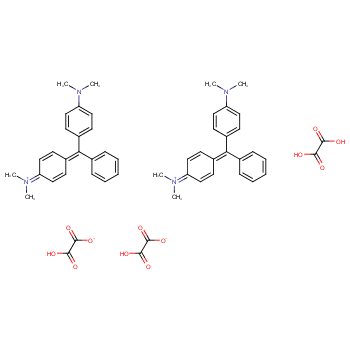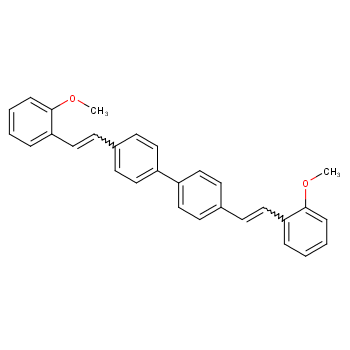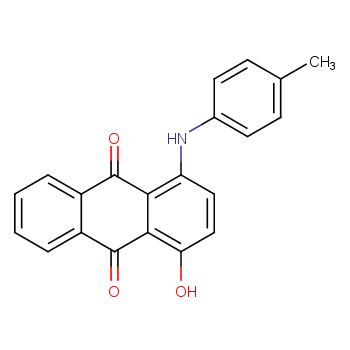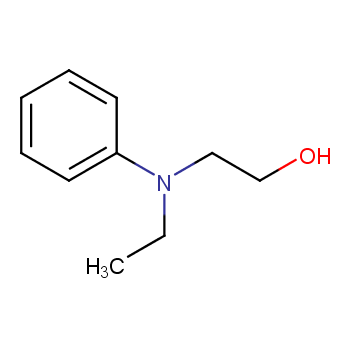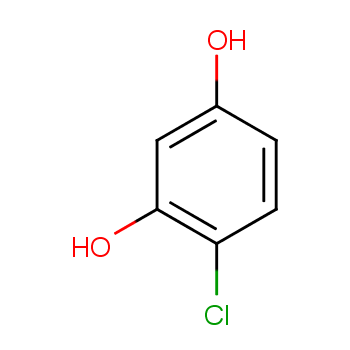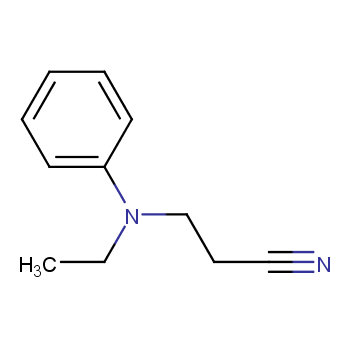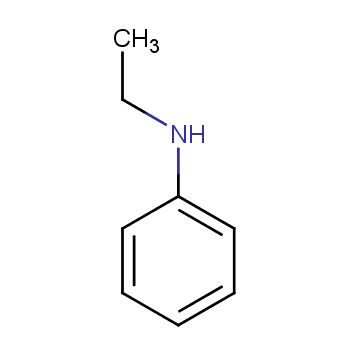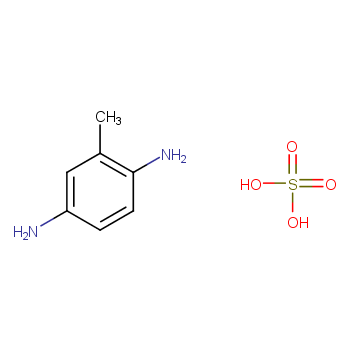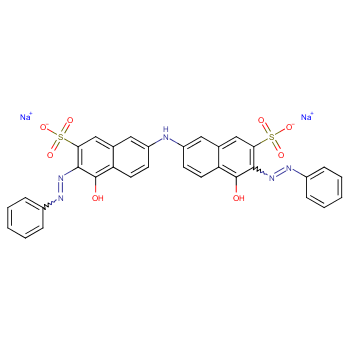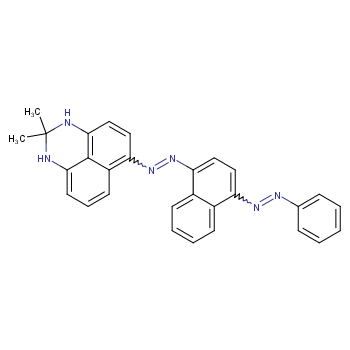Dyestuffs, a diverse class of compounds, play a pivotal role in adding color to various materials such as textiles, paper, leather, and plastics. The world of dyestuffs encompasses natural dyes, synthetic dyes, and pigments, each offering unique characteristics and applications. Let's delve deeper into the intricacies of these coloring agents:
Natural Dyes:
Natural dyes have a rich history, dating back thousands of years, where civilizations utilized plant, animal, and mineral sources to create vibrant hues. The resurgence of interest in sustainable and eco-friendly practices has led to a renewed exploration of natural dyes. Botanical sources like indigo, turmeric, and madder root are gaining popularity in the textile industry due to their biodegradability and minimal environmental impact.
Synthetic Dyes:
The realm of synthetic dyes is characterized by a spectrum of colors created through a myriad of chemical processes. Their versatility allows for the production of hues that are often more vibrant and resistant to fading than their natural counterparts. Innovations in dye chemistry continue to expand the color palette, and the development of reactive dyes and disperse dyes has revolutionized the textile industry, enabling the creation of intricate patterns and designs.
Pigments:
Pigments stand out as a distinctive category of coloring agents, primarily recognized for their use in paints, inks, and plastics. Unlike dyes, pigments are insoluble particles that provide opacity and colorfastness. The selection of pigments is crucial in industries where durability and resistance to environmental factors are paramount. Titanium dioxide, for instance, is a widely used white pigment known for its opacity and stability.
Innovations in Dyeing Techniques:
Advancements in technology have led to the development of novel dyeing techniques, such as digital printing and nanotechnology. Digital printing allows for precise color application, reducing water and chemical usage in the dyeing process. Nanotechnology is being explored to enhance the properties of dyes, making them more efficient, sustainable, and capable of achieving unique effects on different materials.
Smart Dyes:
The concept of smart dyes is emerging, incorporating functionalities beyond coloration. Photochromic and thermochromic dyes respond to light or temperature changes, leading to dynamic color shifts. These intelligent dyes find applications in fields like fashion, security printing, and smart textiles, adding an interactive and futuristic dimension to the world of dyestuffs.
Biotechnological Approaches:
Researchers are exploring biotechnological methods to produce dyes sustainably. Microorganisms and genetically modified organisms are being investigated for their ability to biosynthesize dyes, reducing the environmental footprint associated with traditional dye production.
Regulatory Considerations:
With growing awareness of environmental sustainability and consumer safety, there is an increasing focus on regulations governing the use of dyestuffs. Efforts are being made to develop eco-friendly dyes and ensure compliance with stringent standards, promoting responsible practices in the industry.
In conclusion, dyestuffs continue to evolve, driven by a dynamic interplay of tradition, innovation, and sustainability. As technology advances and societal values shift, the world of coloring agents adapts, offering a spectrum of possibilities for diverse industries and creative endeavors.
+more
